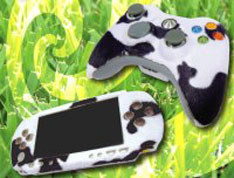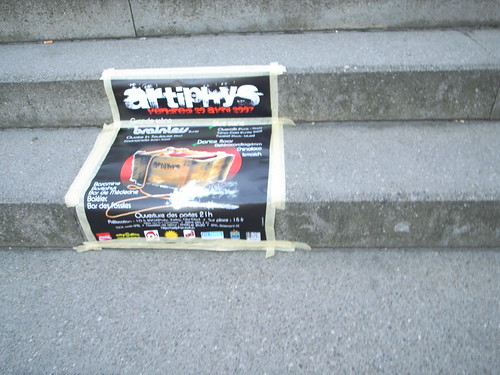Beyond gestural interactions, this nose-based interface developed at Rensselaer Polytechnic Institute by Zane Van Dusen and Pauline Oliveros is curious:
"A computerized instrument that allows people to play music with the tip of their nose could give those who suffer from physical disabilities, such as cerebral palsy, the chance to experience music's positive effects. Not only could the interface allow for musical communication, it could also be adapted for speech, giving physically challenged patients the ability to form full sentences, rather than just providing yes or no responses. (...) Van Dusen's "adaptive-use musical instrument" overcomes these challenges with an inexpensive Web camera and specialized computer software that he wrote. The patient is placed in front of the computer, where they see live video of their face through a Web camera. Motion-tracking software places a red box on the tip of the person's nose and tracks the user's movement across an onscreen keyboard. The lowest notes are located to the left and the highest notes are located to the right. The outline of a rectangle around the person's face can be widened or narrowed in order to accommodate the patient's range of motion."

Why do I blog this? this is a low-cost user interface with some very interesting benefits. The very constrained and focused nature of this UI makes it appealing to some design challenges, especially in the context of kids.






 (Associated Press photo by Paul Sakuma)
(Associated Press photo by Paul Sakuma)










 (Picture courtesy RFID Journal)
(Picture courtesy RFID Journal)